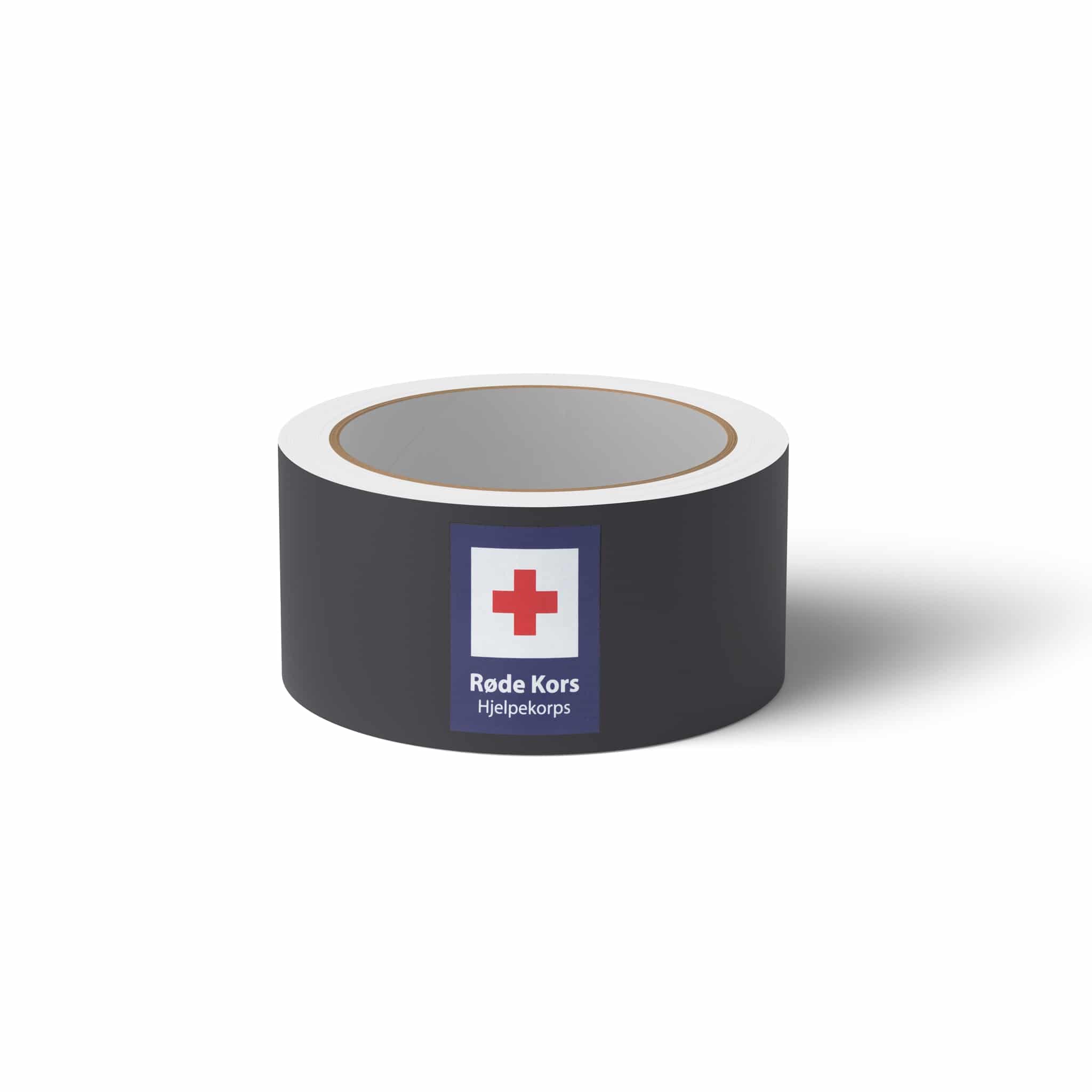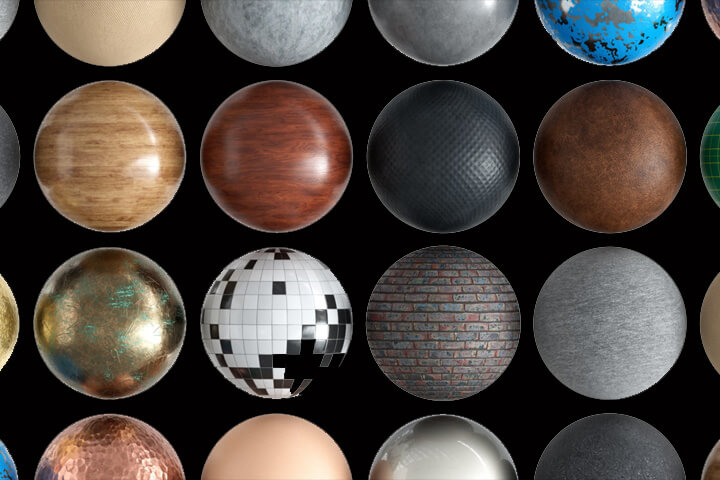


The thumbnail size slider is located at the bottom of the Libraries panel. For example, when a material named "Matte Silver" is selected, "Matte" and "Silver" will be listed.ĭeletes the search query records in the upper section. The lower section collects the words from the names of the currently selected items.The upper section contains the search query records.Use regular expressionĪllows using Regular expressions in the search query string.

Search boxĮnter a query string to filter items in the current folder and its sub-folders. Lists texture files (*.jpg, *.bmp, etc) in the selected folder and its sub-folders.

Lists environment files (*.revn) in the selected folder and its sub-folders. Lists material files (*.rmtl) in the selected folder and its sub-folders. Go to the next folder after using "Go back". Render contents may not be fully compatible between different versions. You can copy the files in the folder from a version of Rhino to another. Materials (*.rmtl), textures (*.rtex), and environments (*.renv) are stored in the Render Content folder by default. The DownloadLibraryTextures command downloads all online contents to the computer for offline use. When a material or an environment is added to a model from the Libraries panel, and the material or environment contains texture images that do not exist on the local computer, Rhino will download the texture images from the Internet. Set up content libraries in Options > Libraries. The Libraries panel displays a view into the content folders you have set up.ĭrag and drop content items into the model to embed the content items.Ĭontent items can also be dragged between Rhino sessions or into a folder. Render content can be saved to files creating external libraries that can be shared between models. The Libraries command opens the Libraries panel, to manage libraries of materials, textures, and environments.


 0 kommentar(er)
0 kommentar(er)
